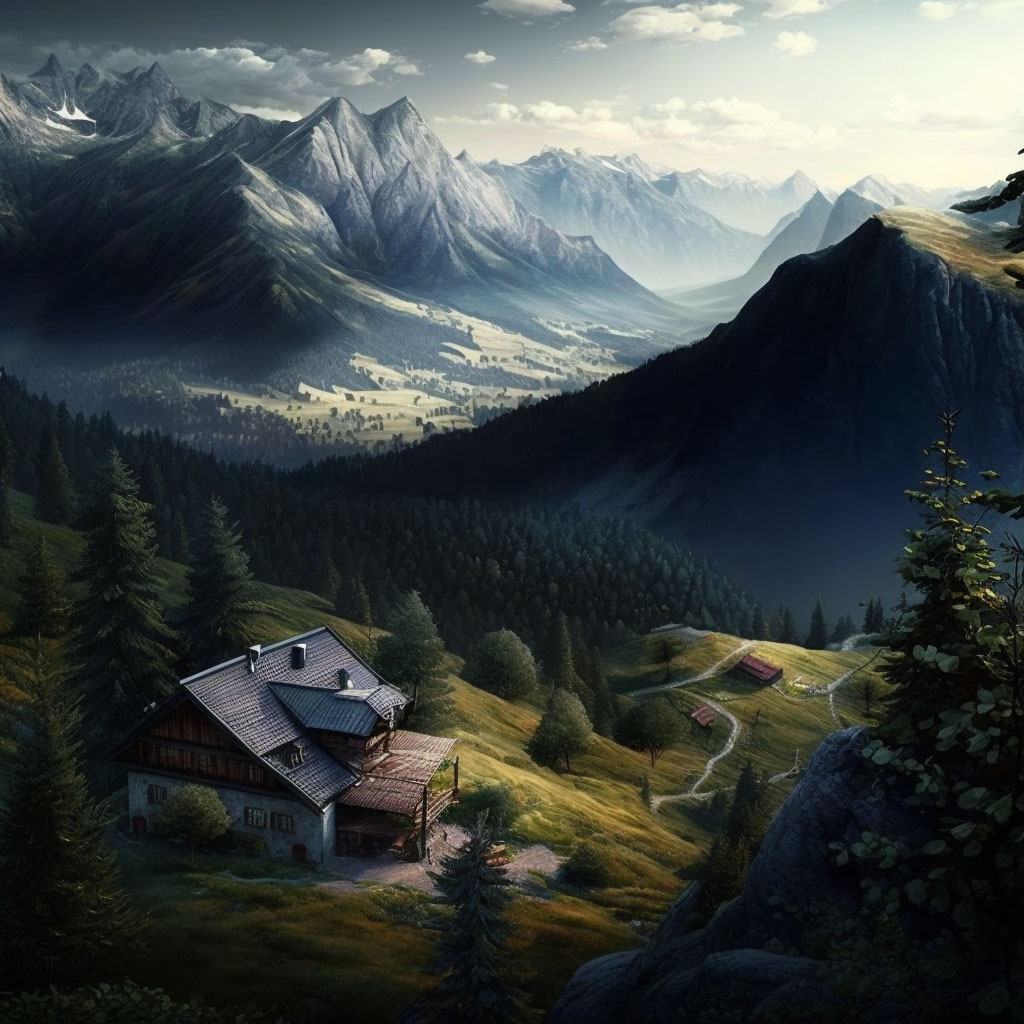The villages of Divinavallis, meaning ‘Valley of Gods,’ was nestled between the ancient forest and the serene shoreline. This place , bathed in the warm glow of the sun, were a paradise on earth. Nestled between the lush embrace of an ancient forest and the serene, shimmering shoreline, it was a place where nature and humanity coexisted in perfect harmony.
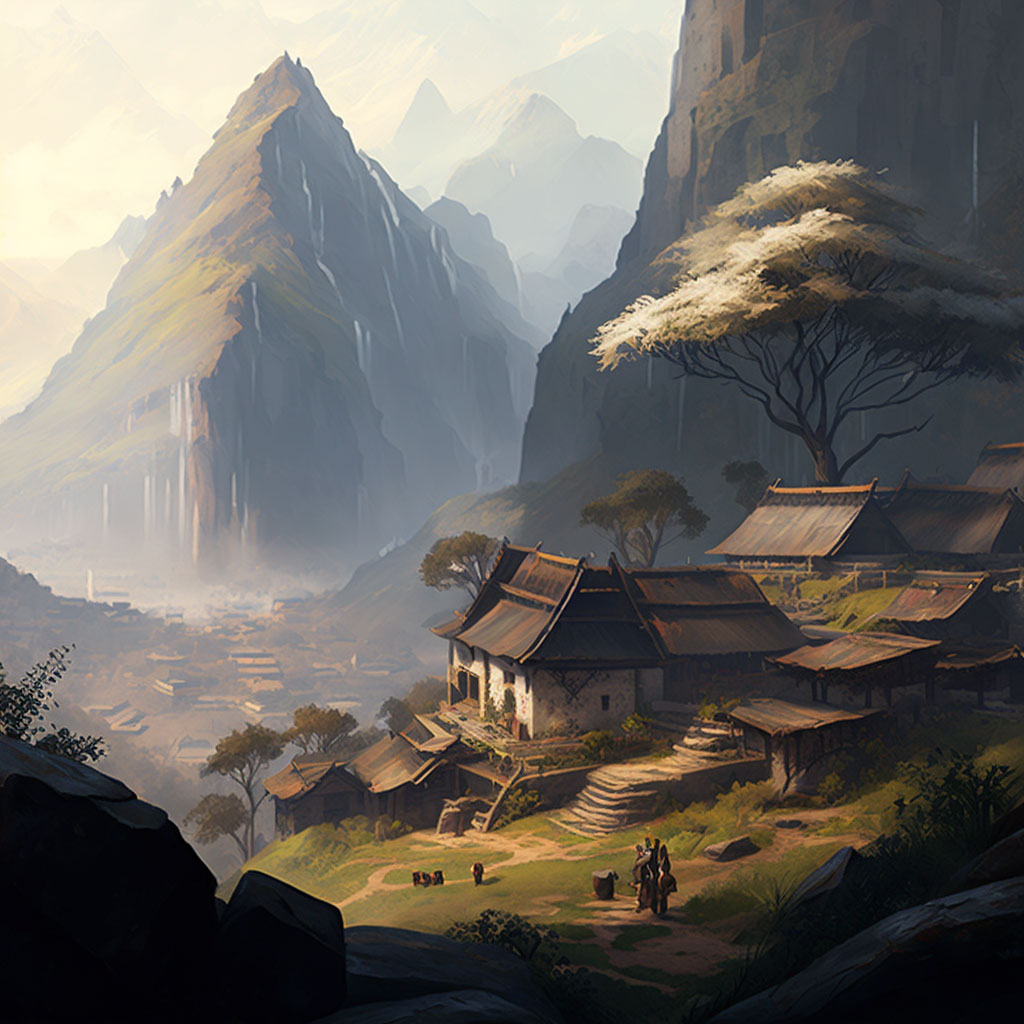
The azure sky overhead stretched endlessly, casting a golden veil upon the sun-kissed sands of the beach. In this idyllic haven, two rival tribes had made their home, each with its own unique customs, beliefs, and way of life.
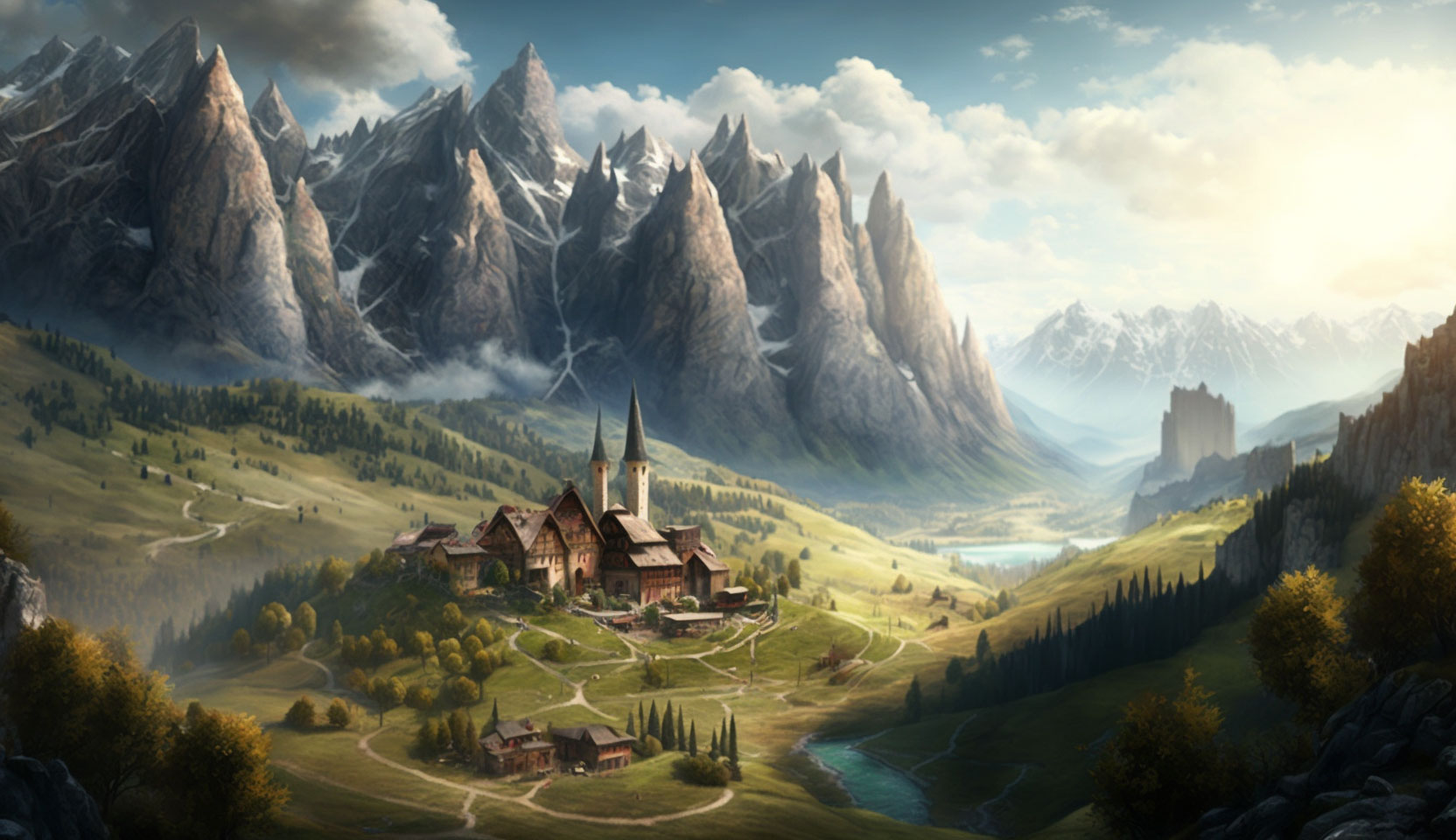
These villages lay in a valley, cradled by rolling hills that whispered stories of the past. The verdant hills were blanketed in a vibrant tapestry of wildflowers and tall grasses, swaying gently to the rhythm of the breeze. The air was filled with the scent of blooming flowers, mingling with the earthy aroma of the rich soil, a testament to the fertility of the land. From a distance, the hills appeared to be a living, breathing entity, as they undulated and flowed with the contours of the land.
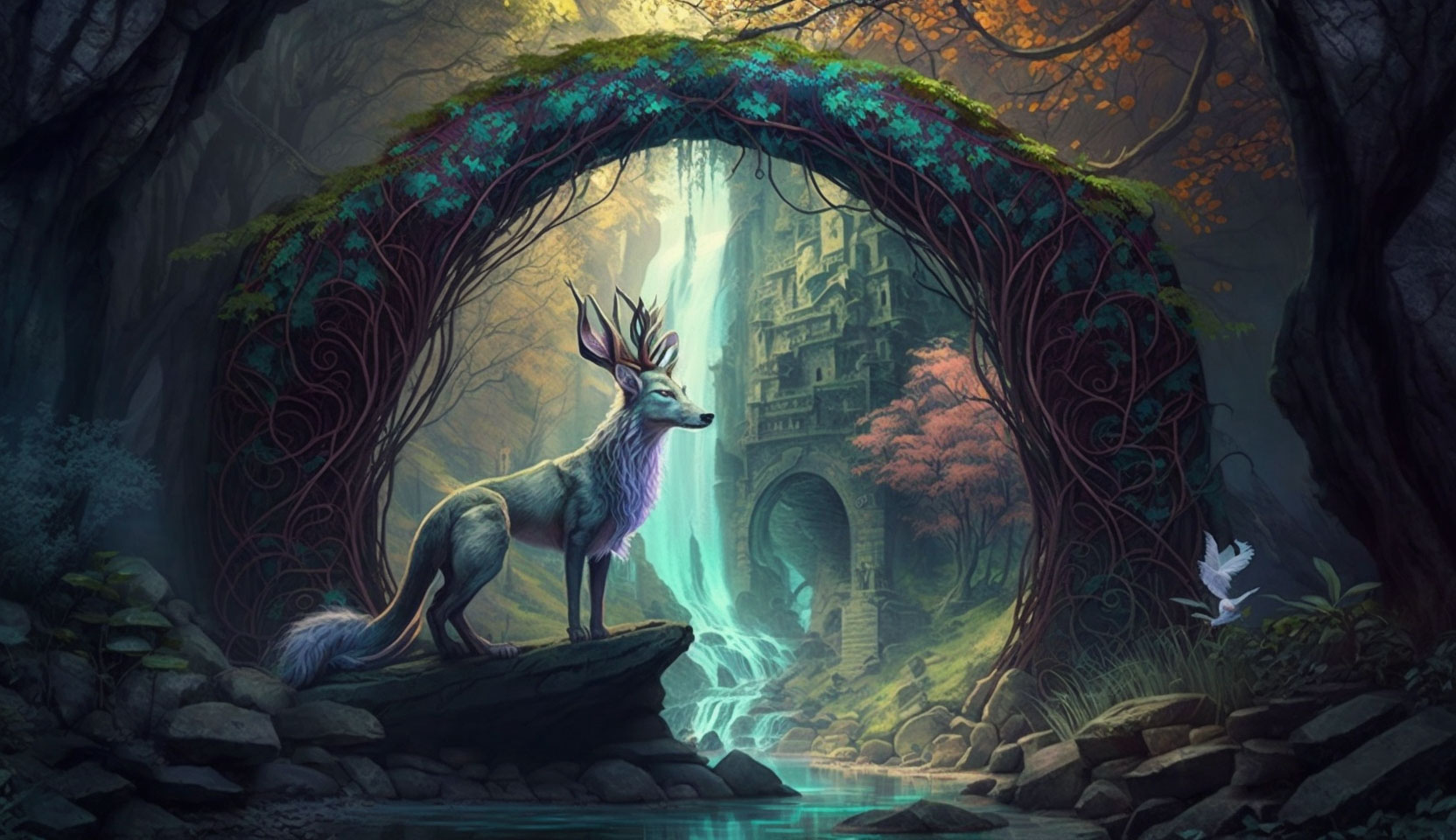
Closer to the heart of the villages, the hills gradually gave way to the forest, a realm of mystery and wonder. The ancient forest was home to a myriad of flora and fauna, with trees that stretched towards the heavens, their gnarled branches intertwining like lovers’ hands. The leafy canopy, a kaleidoscope of green hues, filtered sunlight that dappled the forest floor in a gentle dance of light and shadow. A chorus of birdsong filled the air, harmonizing with the rustle of leaves and the gentle murmur of hidden streams.

Within the depths of the forest, one could stumble upon a myriad of secrets, from the tiniest of flowers peeking shyly from beneath the undergrowth to the largest of trees that stood proudly as guardians of the land. The forest was home to countless creatures, each playing their part in the intricate web of life. Deer grazed on tender shoots, their watchful eyes ever alert for the shadow of a predator. Squirrels chattered and scampered among the branches, busily collecting their hoard of nuts and seeds. And deep in the heart of the forest, wolves roamed in close-knit packs, their haunting howls echoing through the night.

As the forest neared the village, it began to thin, giving way to the fertile fields and gardens that sustained the tribes. These fields, meticulously tended by skilled hands, were lush and abundant, producing a bounty of crops that the villagers took great pride in. The gardens overflowed with fruits and vegetables, their vibrant colors and delectable scents tantalizing the senses. The villagers were adept at harnessing the land’s fertility, employing ancient techniques passed down through generations to ensure the earth’s continued generosity.

The centerpiece of the villages, however, was the majestic waterfalls. Cascading down from the heights above, the waterfalls formed a breathtaking spectacle as they plunged into the crystal-clear pools below. The sound of the roaring water filled the air, a symphony of nature that invigorated the spirit and soothed the soul. Veils of mist rose from the churning waters, casting rainbows that seemed to bridge the heavens and the earth.

The water flowed through the villages, meandering and forming pools of varying depths, providing a life source for the tribes and their cherished homeland. The pools were teeming with life, from the tiniest of fish darting among the reeds to the languid movements of the turtles that basked on the sun-warmed rocks. The villagers held the water sacred, believing it to possess healing and restorative properties. They would often gather by the water’s edge, offering prayers and tokens of gratitude to the spirits that they believed watched over the land and its inhabitants.

The villages itself were a captivating blend of natural beauty and vibrant cultural heritage. The dwellings of the tribes, though distinct in design and materials, were constructed in harmony with their surroundings. The homes were built using the resources the land provided, such as timber from the forest, thatch from the fields, and clay from the riverbanks. The result was a picturesque array of buildings that seemed to rise organically from the earth itself.
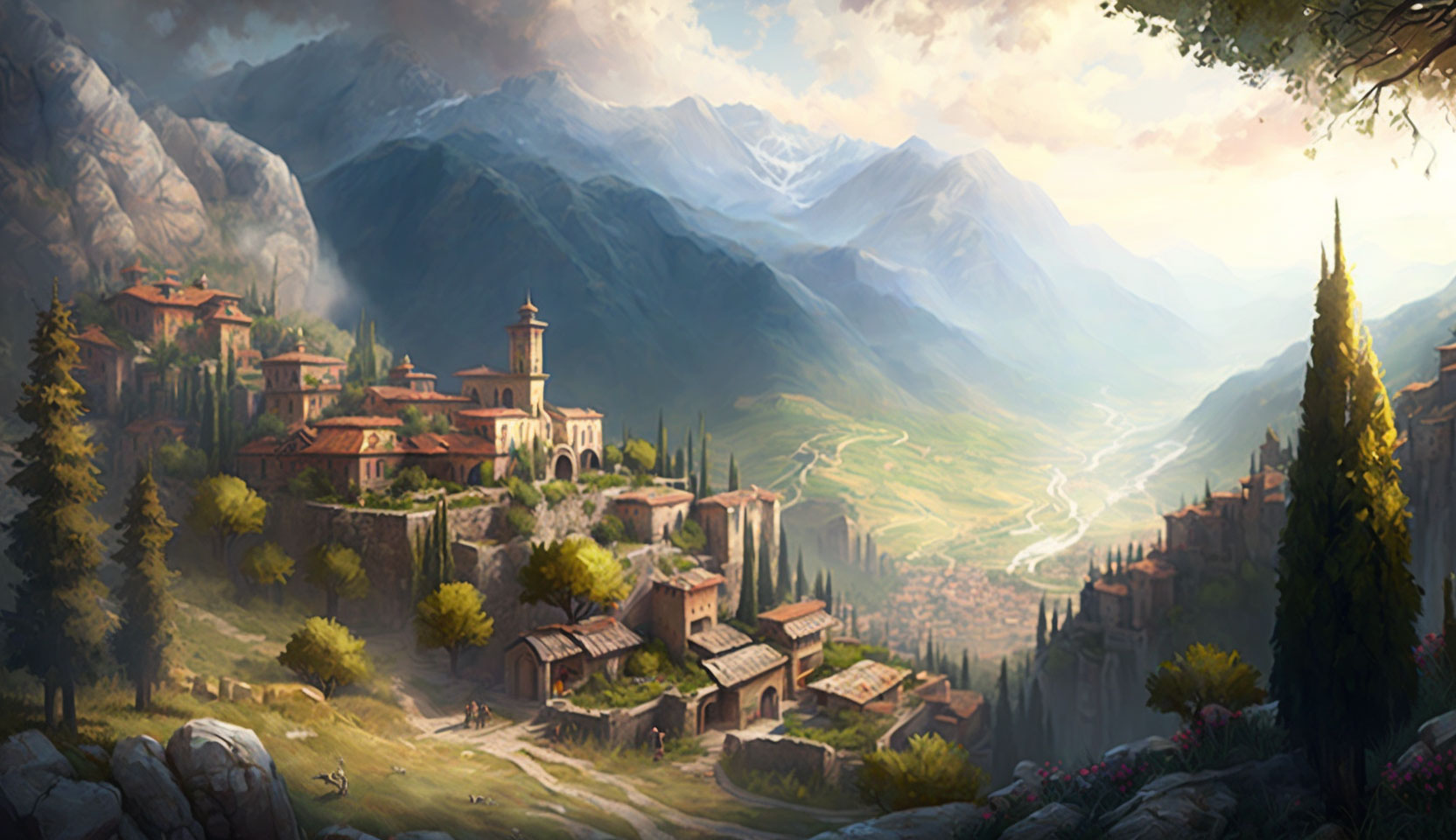
The villagers were deeply attuned to the cycles of nature, their lives governed by the changing seasons and the movements of the celestial bodies. They revered the sun, the moon, and the stars, believing them to be the eyes of their ancestors, watching over them from the great beyond. Rituals and ceremonies marked the passing of time, from the planting of the first seeds in the spring to the bountiful harvests in the autumn.

Many tribes including the two leader rival tribes, the Pyrelians, meaning ‘people of the fire’, and the Aquarians, meaning ‘people of water’, coexisted in this beautiful paradise, each with its own unique customs, beliefs, and way of life.

The Pyrelians, the people of fire, were a tribe characterized by their fiery spirits, boundless energy, and passionate nature. They were skilled in the art of metalworking, using the flames to forge weapons and tools that were not only practical but also adorned with intricate designs that showcased their mastery. The Pyrelians wore clothing in warm hues, reflecting the vibrant colors of a blazing fire, and often used precious metals and gemstones as adornments, symbolizing their connection to the flames.
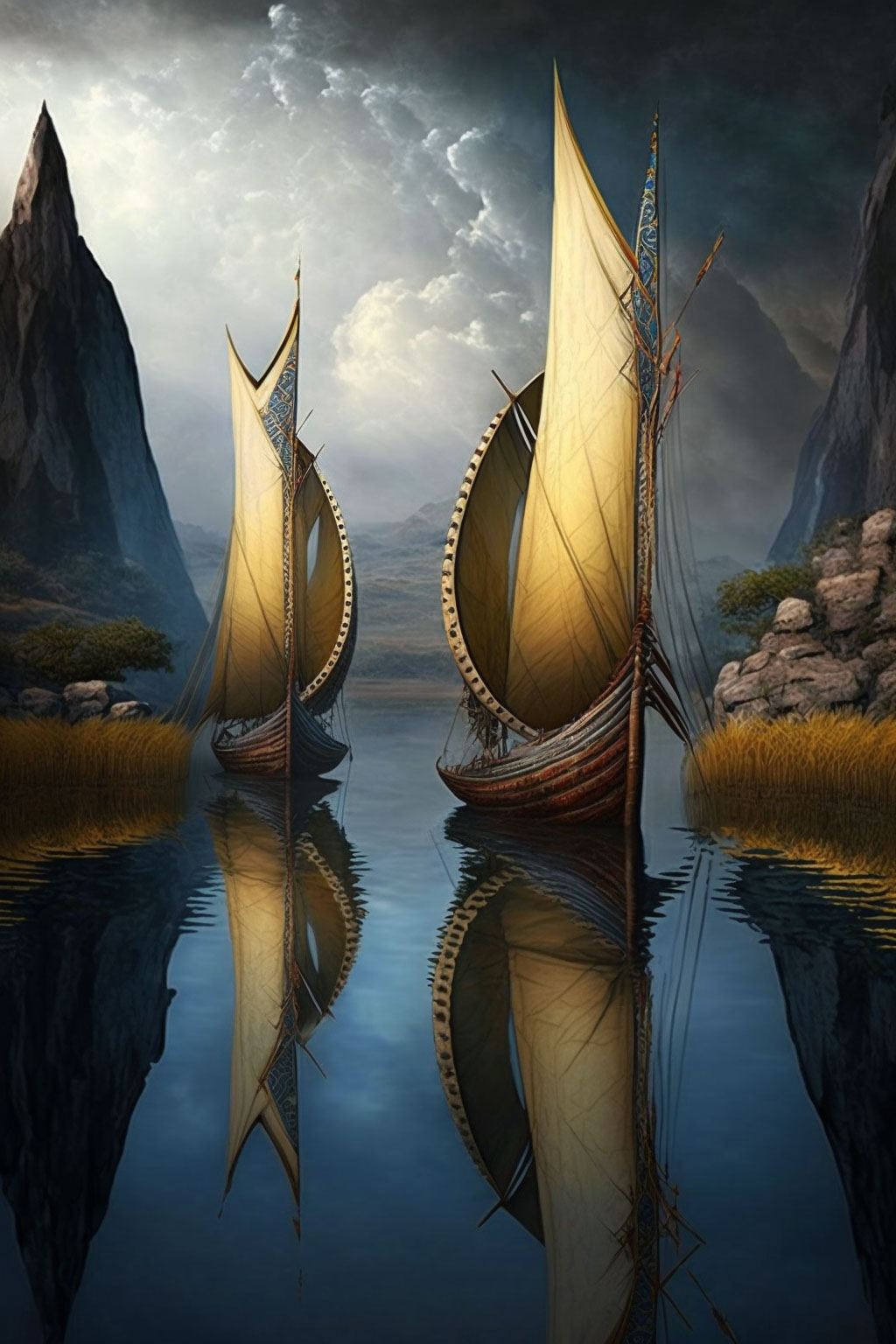
Their village was constructed primarily from sturdy timber, each structure a testament to their architectural prowess. At the heart of the Pyrelian settlement stood a magnificent temple, dedicated to their patron deity, Ignis, the god of fire. The temple housed an eternal flame, a sacred symbol of the tribe’s unwavering devotion and source of inspiration. Pyrelians held regular ceremonies honoring Ignis, with offerings of food, metalwork, and prayers in exchange for protection, warmth, and guidance.
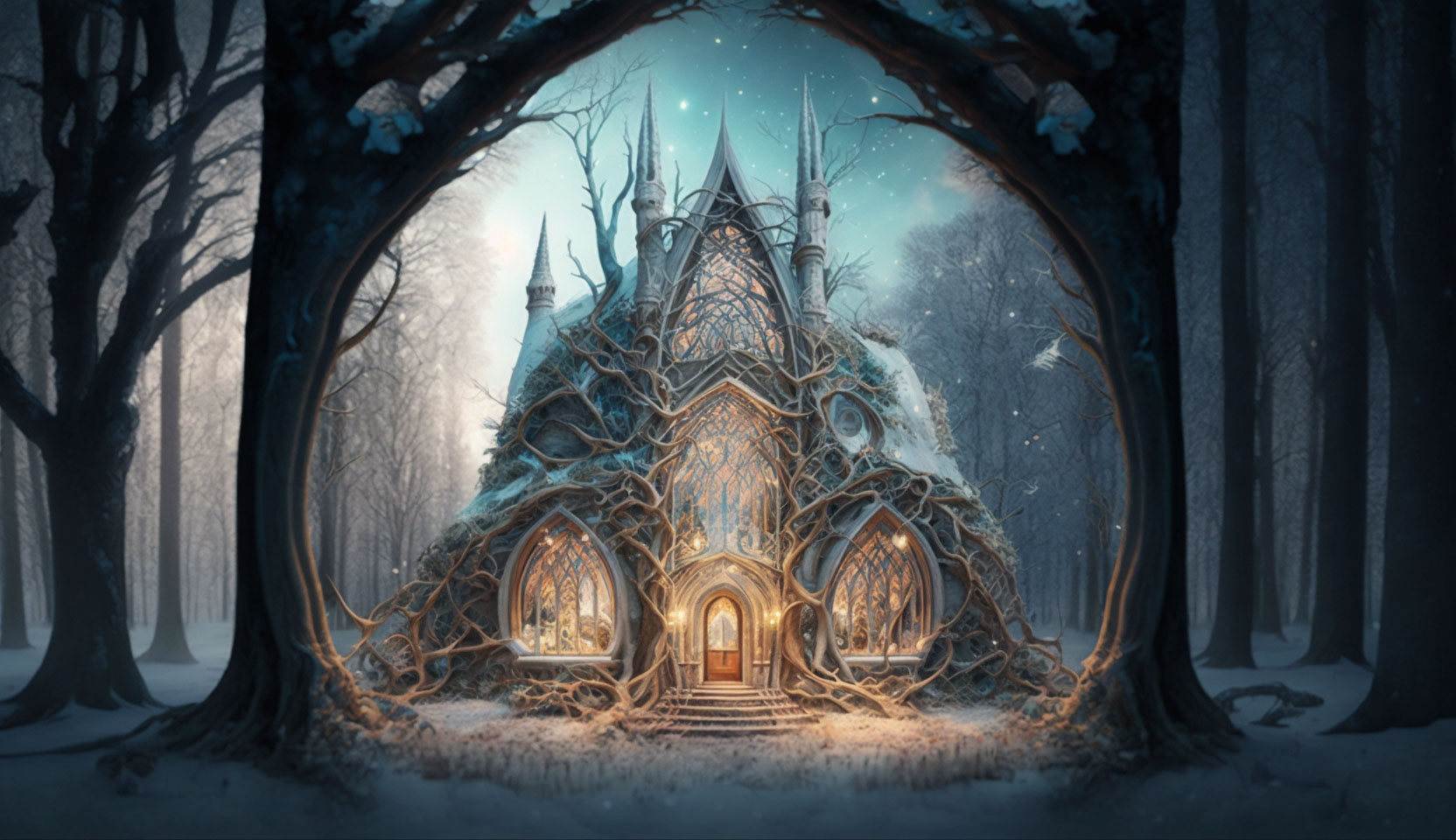
The Aquarians, the people of water, were known for their calm and fluid demeanor, their lives deeply intertwined with the waters surrounding their village. They were excellent fishermen and skilled navigators, their intimate knowledge of the tides, currents, and aquatic life granting them bountiful harvests from the sea. Aquarian clothing was inspired by the shades of water, ranging from the palest blue to the deepest indigo, adorned with shells, pearls, and other treasures from the ocean’s depths.

The Aquarian village was built primarily from stone, with buildings designed to harmoniously blend with the landscape and waterways. At the heart of their settlement stood a beautiful temple, dedicated to their patron deity, Nereia, the goddess of water. The temple housed a sacred spring, believed to possess healing and purifying properties, and was a place where the Aquarians gathered to offer their gratitude and seek Nereia’s blessings. Rituals and ceremonies were held to honor the goddess, with offerings of fish, shells, and prayers for abundance, guidance, and protection.
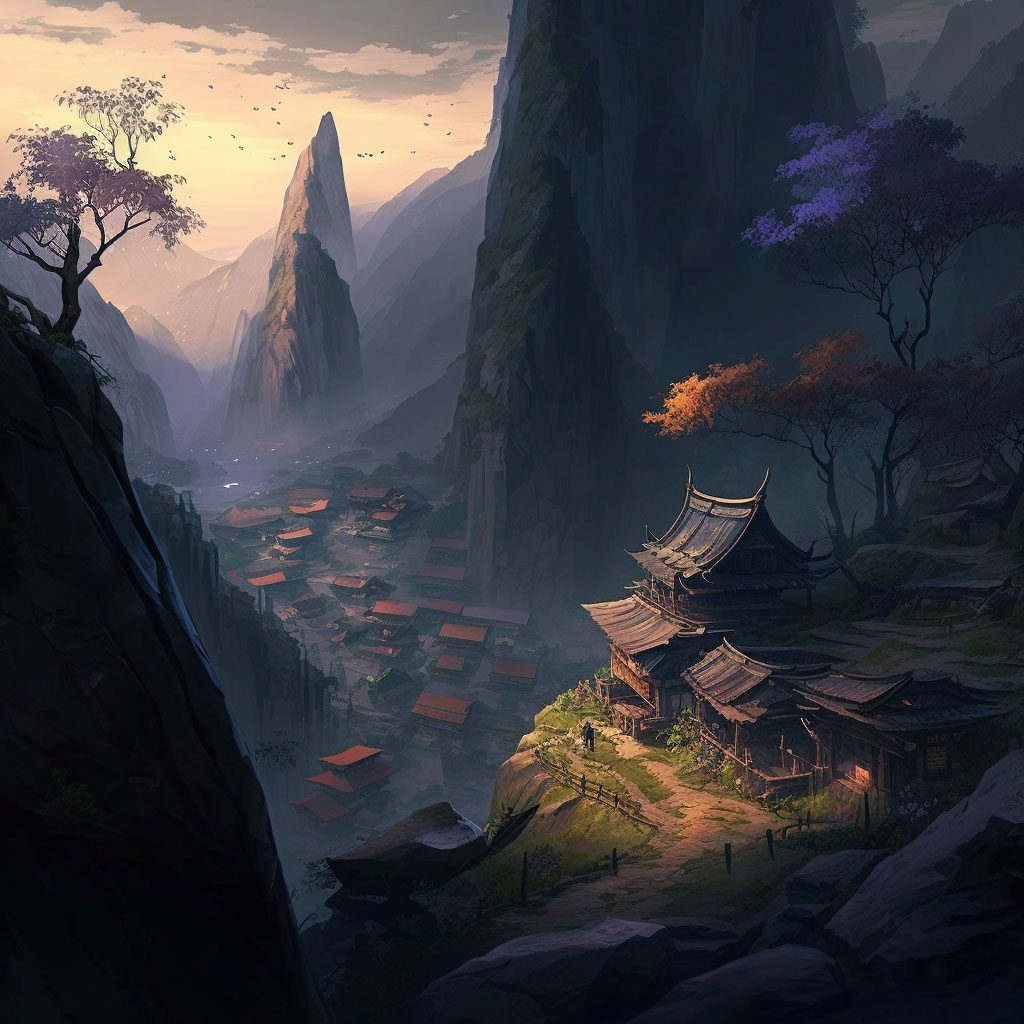
Despite their differences, both the Pyrelians and Aquarians held a deep reverence for the natural world and understood the importance of balance and harmony. Their connection to their respective elements, fire and water, not only shaped their cultures but also reinforced the divide between them. Yet in the heart of the enchanted village of Divinavallis, a tale of love and unity was waiting to be told, a story that would challenge the very foundations of their age-old rivalry…
